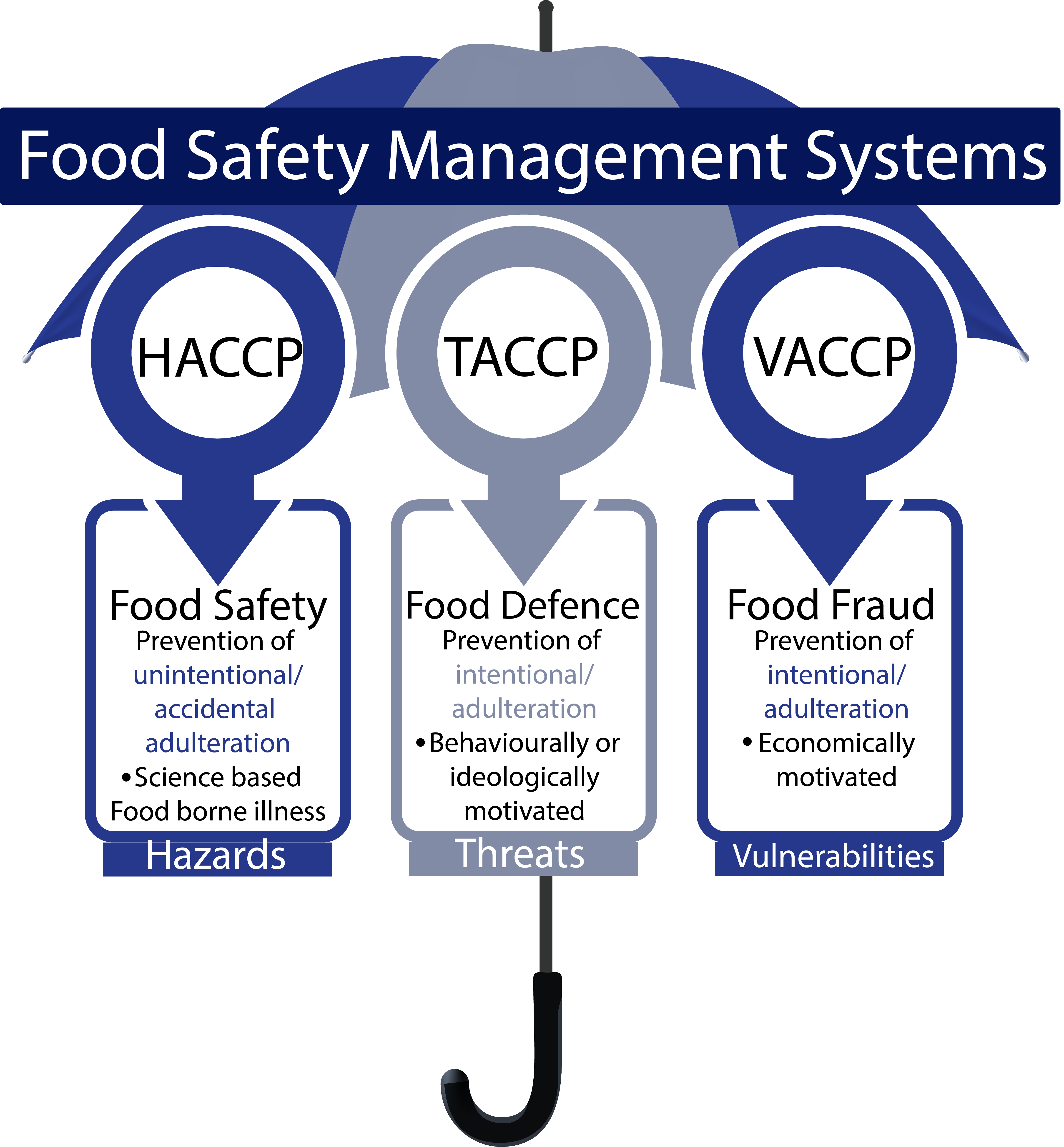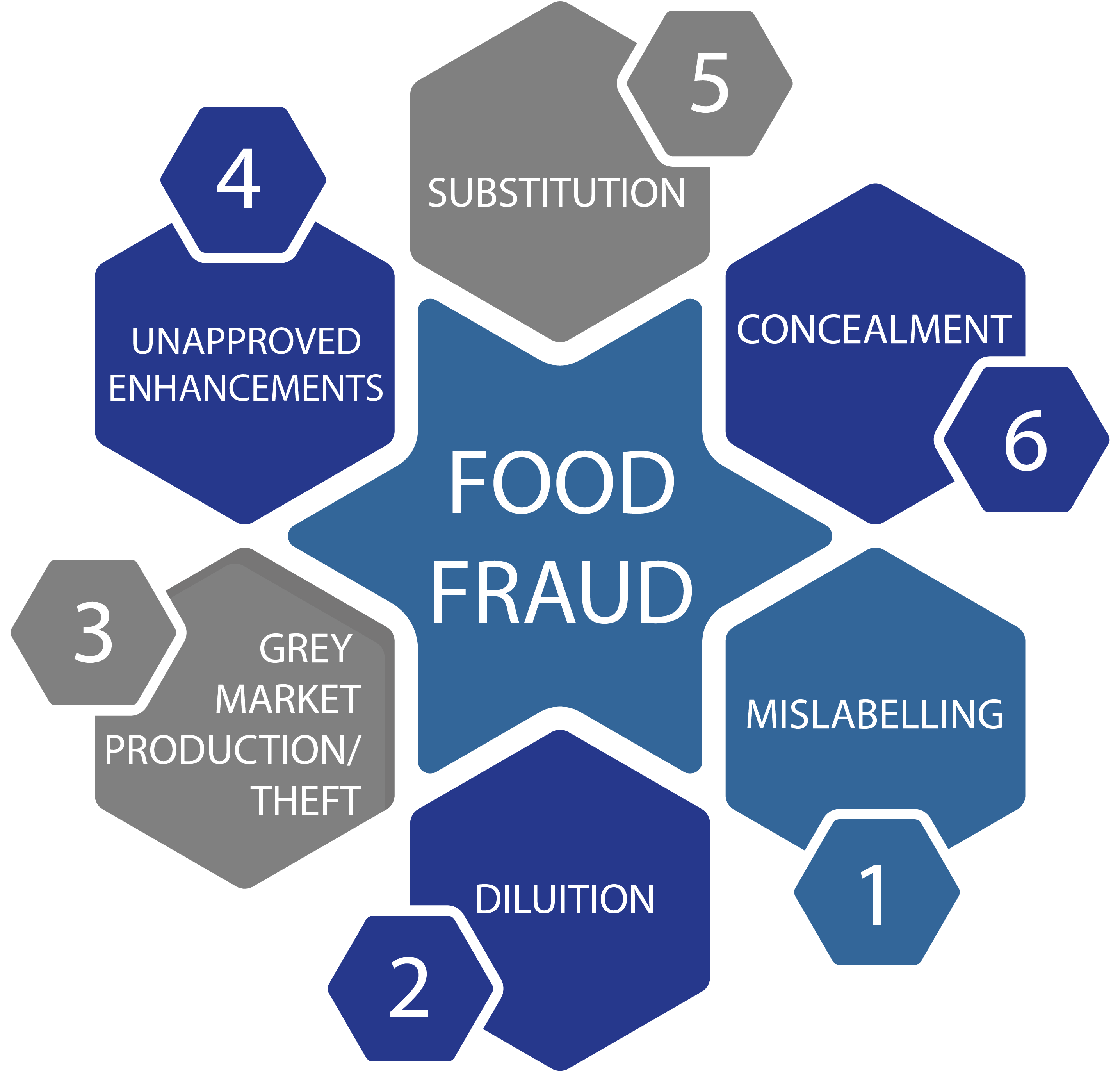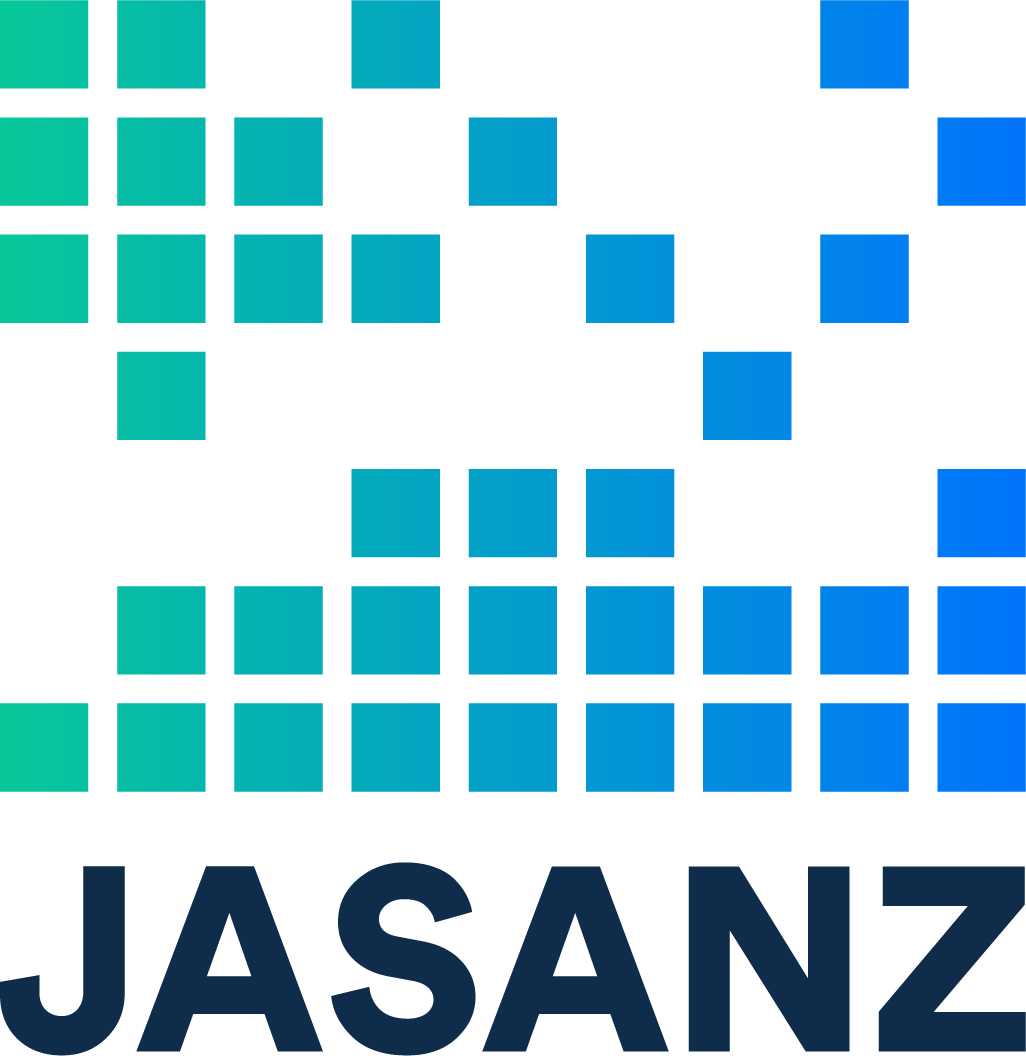Food Safety Management Systems based on HACCP principles are developed to identify and control unintentional food safety hazards. This, however, does not address the increasing risk of intentional product adulteration for ideological or economic reasons. To protect their business and consumers from internal and external threats, and to minimise vulnerabilities, food industries are now developing a Food Defence Plan and a Food Fraud Vulnerability Plan.
Food Defence or Food Fraud, what is the difference?
Food Defence Plans are programs based on a risk assessment similar to HACCP called Threat Assessment Critical Control Point (TACCP). Essentially it is a systemic approach to identifying potential intentional threats to food safety for ideological reasons and implementing controls for those of a significant nature. Food Fraud Vulnerability Plans are similar but use a risk assessment called Vulnerability Assessment Critical Control Point (VACCP) to risk assess potential harm to food for economic reasons and implementing controls for those of a significant nature.
The motivation for Food Defence is the intent to cause harm to consumers or businesses, whereas the motivation for Food Fraud is exclusively for economic gain.

Food Defence Plan
A Food Defence Plan identifies, risk assesses and controls internal and external threats of intentional contamination within the food supply chain.
The threats are based on ideological reasons and could include:
- malicious contamination of food products
- sabotage of the supply chain
- using food or drink items for terrorism or criminal purposes
- extortion
- espionage
- cybercrime
The Food Defence Plan should be regularly reviewed and verified by the Company’s Food Safety Team. Food Defence should be incorporated into employee induction and training program to ensure effective communication and implementation of mitigation measures.
Food Fraud Vulnerability Plan
A Food Fraud Vulnerability Plan is a risk-based program to defend the food supply chain from vulnerabilities due to food fraud by identifying risks based on economic reasons. Examples of food fraud include:
- substitution
- dilution
- counterfeiting
- unapproved enhancements
- concealment
- mislabelling
- grey market production/diversion.

The Food Fraud Vulnerability Plan should be regularly reviewed and verified by the Company’s Food Safety Team. Food Fraud should also be incorporated into employee induction and training programs to ensure effective communication and implementation of mitigation measures.
Read more:
HACCP Code for Food Safety Programs
ISO 22000 - Food Safety Management System
FSSC 22000 - Food Safety Management System
Need Help?
Contact This email address is being protected from spambots. You need JavaScript enabled to view it..




